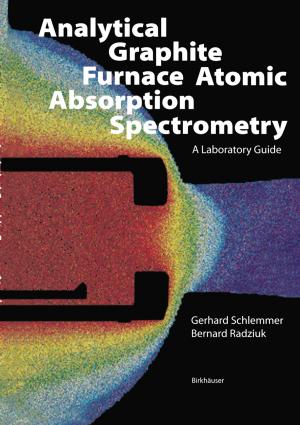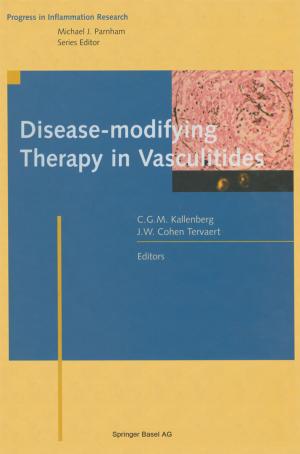Accommodation and Vergence Mechanisms in the Visual System
Nonfiction, Health & Well Being, Medical, Specialties, Internal Medicine, Neurology, Psychology, Neuropsychology| Author: | ISBN: | 9783034875868 | |
| Publisher: | Birkhäuser Basel | Publication: | June 5, 2013 |
| Imprint: | Birkhäuser | Language: | English |
| Author: | |
| ISBN: | 9783034875868 |
| Publisher: | Birkhäuser Basel |
| Publication: | June 5, 2013 |
| Imprint: | Birkhäuser |
| Language: | English |
This conference was instigated by a combination of factors: The nature of the problem, the wide spread occupational epidemiology reported on eye symptoms and eye fatigue in the workplace, and the organizers' awareness of the complexity of the scientific and clinical bases of knowledge that might be usefully applied. The introduction of new methods into system neurobiology provides new insights into how we receive and process information from the external world, and act upon it. New, non-invasive methods have opened the way to direct observation of the human brain in action. Due particularly to the interaction between the visual and oculomotor requirements involved, several clinical and scientific fields intersect when these issues are considered. To provide clear vision the accommodative and pupillary mechanisms are used. To maintain binocularity, the ver gence oculomotor system, sensitive to fatigue, must attain congruence with accommodative levels. This accommodation-vergence linkage was a focus of our symposium.
This conference was instigated by a combination of factors: The nature of the problem, the wide spread occupational epidemiology reported on eye symptoms and eye fatigue in the workplace, and the organizers' awareness of the complexity of the scientific and clinical bases of knowledge that might be usefully applied. The introduction of new methods into system neurobiology provides new insights into how we receive and process information from the external world, and act upon it. New, non-invasive methods have opened the way to direct observation of the human brain in action. Due particularly to the interaction between the visual and oculomotor requirements involved, several clinical and scientific fields intersect when these issues are considered. To provide clear vision the accommodative and pupillary mechanisms are used. To maintain binocularity, the ver gence oculomotor system, sensitive to fatigue, must attain congruence with accommodative levels. This accommodation-vergence linkage was a focus of our symposium.















